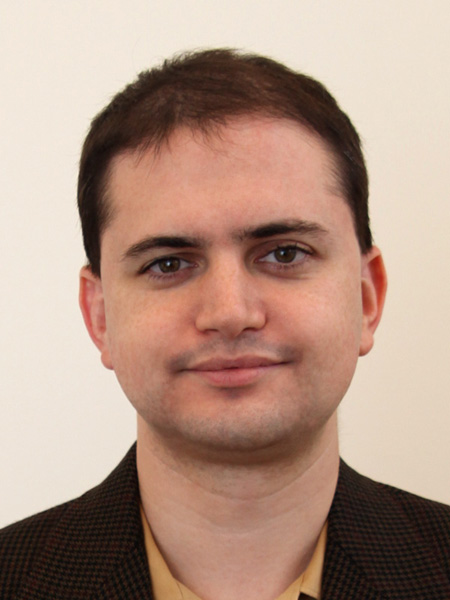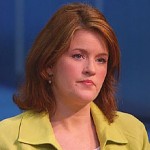 On Friday, December 2, from 2:15-3:30 p.m. Dr. Griffin M Weber will be giving a presentation in room 1-421 of Frances Searle Building on the Northwestern University Evanston Campus. The talk is entitled “Social Network Analysis Using Harvard Catalyst Profiles”. Harvard Catalyst Profiles is an open source, ontology based, research networking software platform that creates research profiles for an institution’s faculty, and links these together through both Passive Networks, which are automatically generated based on information known about investigators, and Active Networks, which users themselves create by indicating their relationships to other researchers. These networks have numerous applications, ranging from finding individual collaborators and mentors to understanding the dynamics of an entire research community. Harvard Catalyst Profiles is used by institutions around the world and has an active user community with multiple software development teams contributing to the platform.
On Friday, December 2, from 2:15-3:30 p.m. Dr. Griffin M Weber will be giving a presentation in room 1-421 of Frances Searle Building on the Northwestern University Evanston Campus. The talk is entitled “Social Network Analysis Using Harvard Catalyst Profiles”. Harvard Catalyst Profiles is an open source, ontology based, research networking software platform that creates research profiles for an institution’s faculty, and links these together through both Passive Networks, which are automatically generated based on information known about investigators, and Active Networks, which users themselves create by indicating their relationships to other researchers. These networks have numerous applications, ranging from finding individual collaborators and mentors to understanding the dynamics of an entire research community. Harvard Catalyst Profiles is used by institutions around the world and has an active user community with multiple software development teams contributing to the platform.
[line]


 SONIC Lab director Noshir Contractor delivers opening keynote address titled “From Understanding to Enabling Networks: Using Web Science to Enhance Recommender Systems” at the 5th ACM Conference on Recommender Systems, Chicago IL on October 24th For more information see:
SONIC Lab director Noshir Contractor delivers opening keynote address titled “From Understanding to Enabling Networks: Using Web Science to Enhance Recommender Systems” at the 5th ACM Conference on Recommender Systems, Chicago IL on October 24th For more information see: